Pig price increases, animal feed price decreases
Since Tet, the price of live pigs has been increasing continuously. Although the increase each time is not much, it has increased steadily over the past 2 months. Currently, the price of live pigs is purchased from 60,000-62,000 VND/kg, bringing good profits to farmers.
Ms. Nguyen Thi Loan in Hoa Tri commune (Phu Hoa district, Phu Yen province) said: My family's pig farm both produces breeding pigs and raises pigs for meat, saving money on buying breeds so investment costs are also reduced, the selling price of pigs is about 50,000 VND/kg of live weight.
With the current price of live pigs at 62,000 VND/kg, each pig sold can bring in an average profit of about 1 million VND. This is an attractive profit for farmers.
Meanwhile, for small-scale pig farms, households that do not actively produce piglets... the cost of raising pigs will be higher, around 53,000-54,000 VND/kg of live weight.
“If the price of live pigs can be maintained at 60,000 VND/kg, farmers will have stable profits and feel secure in developing production. My family is monitoring the market every day to calculate the possibility of increasing the herd,” said Mr. Nguyen Quoc Trung in An My commune (Tuy An district, Phu Yen province).
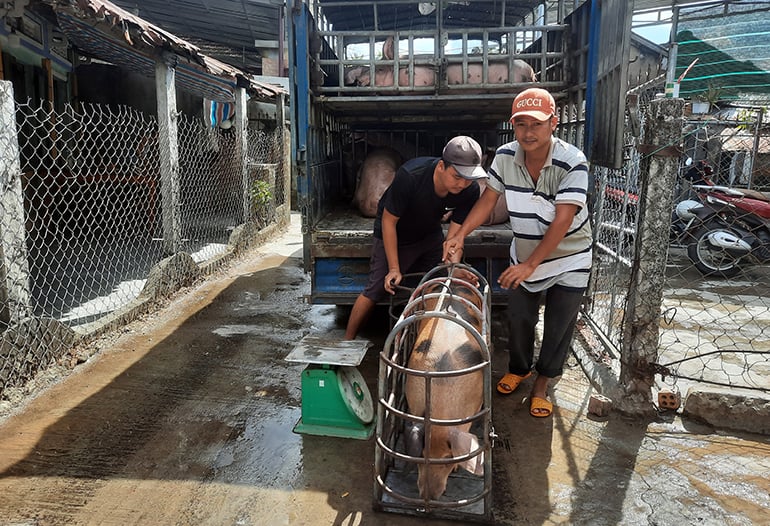
Pig farmers in Phu Yen province are excited as the price of live pigs continues to increase. Photo: NGUYEN CHUONG
In addition to the increase in pork prices, animal feed prices are also decreasing. According to data reported by the Ministry of Agriculture and Rural Development , raw material and animal feed prices in the first quarter of 2024 decreased by 12-20% compared to the same period last year.
Typically, corn kernels are currently priced at 6,827 VND/kg (down 20.3%), soybean meal is 14,162 VND/kg (down 4.4%), wheat bran is 6,026 VND/kg (down 15.1%), rice bran is 5,971 VND/kg (down 11.7%)... In the first quarter, the price of mixed feed decreased by 10-15% depending on the type.
According to this ministry, in the coming time, due to stable supply of raw materials and decreasing prices, the price of finished animal feed in the country will continue to decrease.
Feed costs account for about 70% of the cost of raising pigs, so a decrease in feed prices will significantly reduce farming costs. This is good news for pig farmers.
According to Ms. Le Thi Hoa in Binh Kien commune (Tuy Hoa city, Phu Yen province), to reduce costs in raising pigs, for the past few years her family has not used mixed feed but mixed their own feed.
Her family bought a feed mixer, then bought corn kernels, rice bran, soybeans, fish meal, etc. in separate proportions to mix the feed. Currently, the prices of animal feed ingredients have decreased, so the cost of raising animals has decreased significantly.
Pig farmers are not in a hurry to increase their herds.
While the price of live pigs has increased and the price of animal feed has decreased, the profit margin of pig farming has widened, so many pig farmers are planning to increase their herds.
According to Ms. Nguyen Thi Thuan in Hoa Dinh Dong commune (Phu Hoa district), seeing the price of live pigs continuously increase, her family bought 20 more pigs, increasing the farm's herd to nearly 40 pigs.
Mr. Sau Si in Phu Hoa town (Phu Hoa district) said: My family plans to increase the herd, so these past few days I have been busy cleaning and sanitizing the long-empty pen. I will probably only release 5 more piglets because the price of piglets is quite high, about 1.3 million VND/pig.
Although farmers are optimistic, with information from the domestic livestock situation and current market consumption, this price increase may not last long.
Mr. Nguyen Van Lam, Head of the Provincial Department of Animal Husbandry and Veterinary Medicine, said: According to statistics from the Department of Animal Husbandry, currently, the total pig herd in the country is about 24 million, with an increase of 3.3% in the first quarter of 2024 compared to the same period last year. This shows that the pig herd has not decreased but increased, and the supply will not be in short supply.
The current supply shortage is largely due to the fact that before Tet, when African swine fever broke out, many farms and households sold their pigs early to avoid the disease even though they were not yet ready for sale, combined with the strong increase in market consumption during the recent Tet holiday.
In the coming time, when the pig crop reaches the weight for sale, supply will increase while demand remains low, so it is likely that the price of live pigs will not be able to maintain a high level.
To limit risks and avoid the situation of oversupply and price reduction as has been the case for a long time, farmers must be extremely careful when considering increasing their herds. To improve efficiency, farmers should focus on investing in biosafety-based livestock farming, controlling risks in livestock farming, diversifying livestock to increase income, etc.
Mr. Nguyen Van Lam, Head of the Department of Animal Husbandry and Veterinary Medicine of Phu Yen province: In the coming time, when the pig crop reaches the weight for sale, the supply will increase while the demand is still low, so the possibility of the pig price not being able to maintain a high level.
Source



![[Photo] Many young people patiently lined up under the hot sun to receive a special supplement from Nhan Dan Newspaper.](https://vphoto.vietnam.vn/thumb/1200x675/vietnam/resource/IMAGE/2025/5/18/6f19d322f9364f0ebb6fbfe9377842d3)

![[Photo] Ready for the top competitions of Vietnamese table tennis](https://vphoto.vietnam.vn/thumb/1200x675/vietnam/resource/IMAGE/2025/5/18/9c547c497c5a4ade8f98c8e7d44f5a41)
![[Photo] Party and State leaders attend the special art program "You are Ho Chi Minh"](https://vphoto.vietnam.vn/thumb/1200x675/vietnam/resource/IMAGE/2025/5/18/6895913f94fd4c51aa4564ab14c3f250)




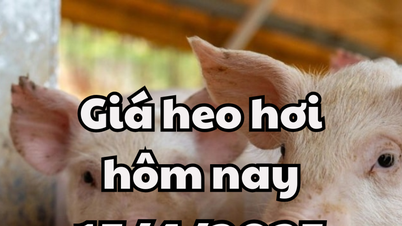


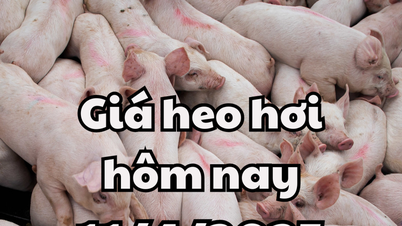




![[Photo] Walking on the royal poinciana flower road in the West](https://vphoto.vietnam.vn/thumb/402x226/vietnam/resource/IMAGE/2025/5/18/f9335355d0744d1593f7e36bc4c7f4b7)
































































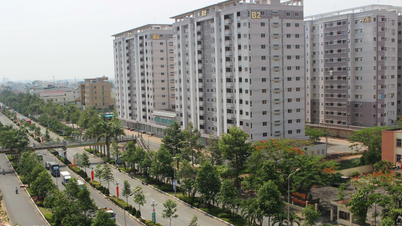

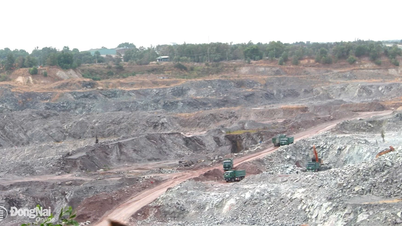













Comment (0)